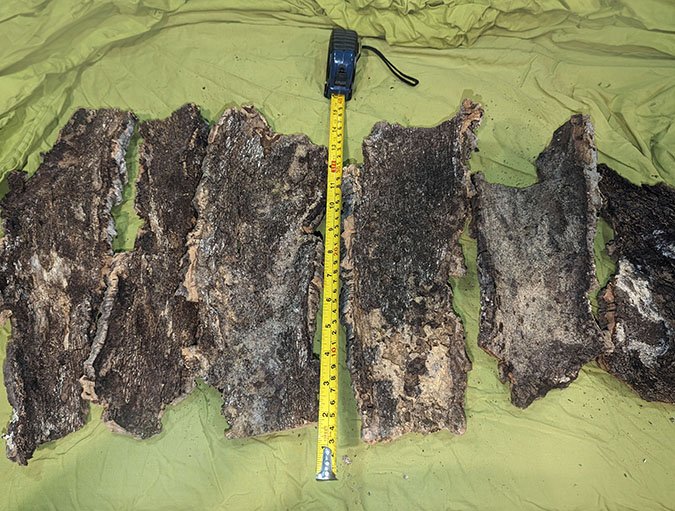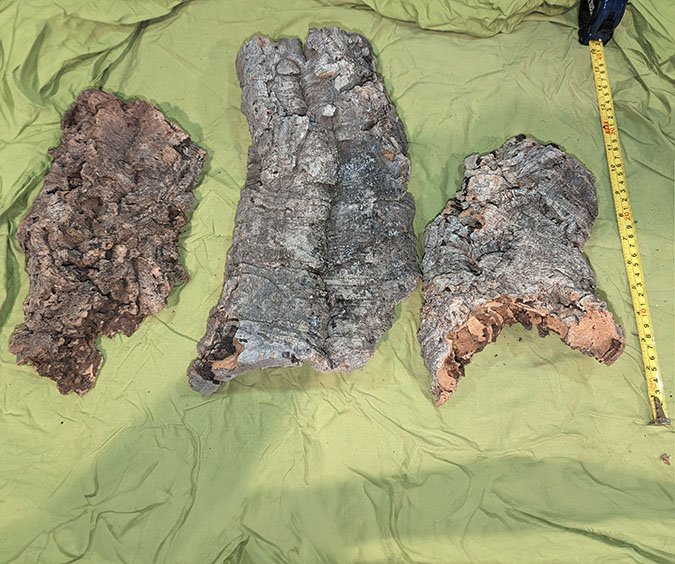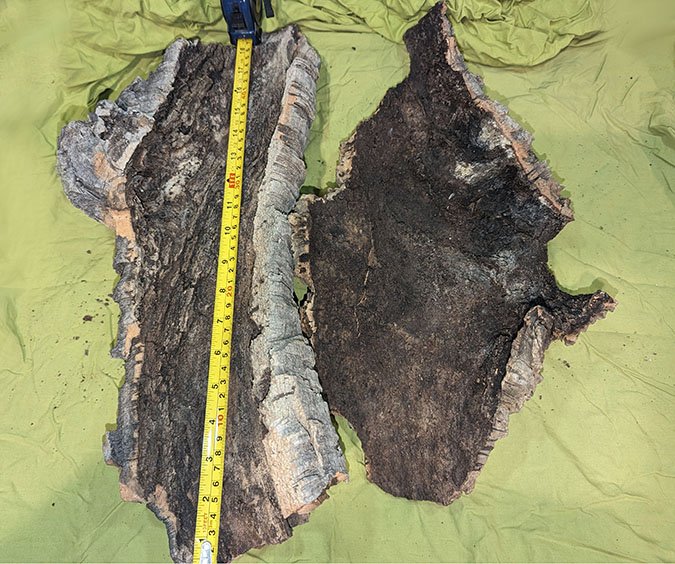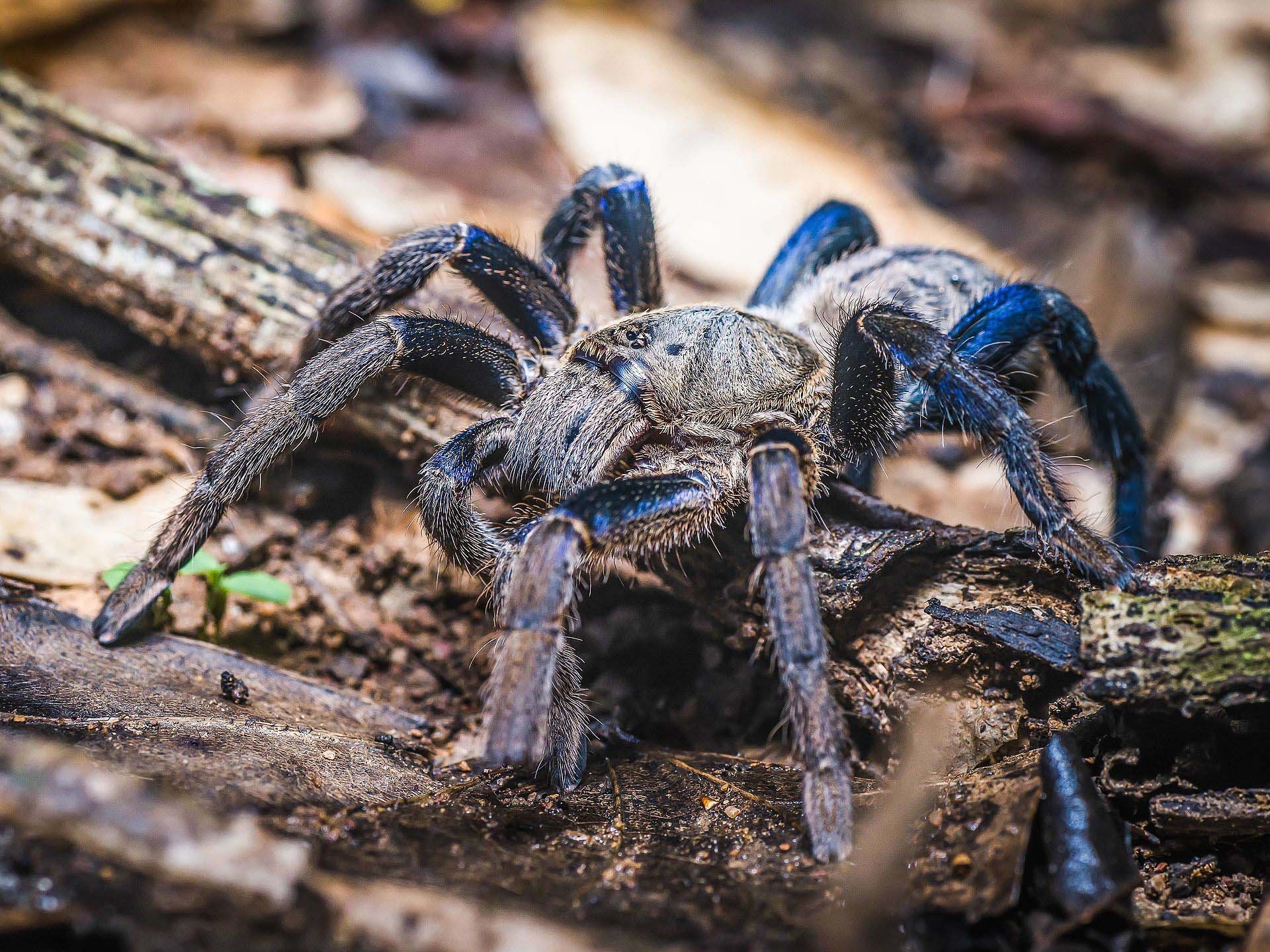Cyriopagopus sp 'Bach Ma'
Cyriopagopus sp. 'Bach Ma', commonly known as the Bach Ma Earth Tiger Tarantula, is a rare and formidable Old World fossorial species believed to originate from the Bach Ma region of central Vietnam, an area known for its dense montane forests and high humidity. Like other members of the Cyriopagopus genus, this tarantula is prized by experienced keepers for its bold appearance, explosive speed, and potent venom—hallmarks of Southeast Asian earth tigers.
This species is characterized by a deep brown to jet-black body, subtle striping or banding on the legs, and a shimmering, velvety carapace. Its appearance is similar to Cyriopagopus albostriatus or C. lividum, but with regional distinctions in tone, posture, and webbing behavior that are still being studied. Its common name, "Earth Tiger," refers to its fierce temperament, burrowing nature, and faint tiger-like patterning visible in younger specimens.
Cyriopagopus sp. 'Bach Ma' is a deep-burrowing species that constructs elaborate silk-lined tunnel systems, often disappearing underground for weeks or months. It is a nocturnal ambush predator, waiting near the entrance of its burrow to strike with astonishing speed. As an Old World tarantula, it possesses no urticating hairs. It relies entirely on defensive postures, speed, and venom when threatened, making it inappropriate for handling and best suited to advanced keepers familiar with defensive, fast-moving species.
Cyriopagopus sp. 'Bach Ma', commonly known as the Bach Ma Earth Tiger Tarantula, is a rare and formidable Old World fossorial species believed to originate from the Bach Ma region of central Vietnam, an area known for its dense montane forests and high humidity. Like other members of the Cyriopagopus genus, this tarantula is prized by experienced keepers for its bold appearance, explosive speed, and potent venom—hallmarks of Southeast Asian earth tigers.
This species is characterized by a deep brown to jet-black body, subtle striping or banding on the legs, and a shimmering, velvety carapace. Its appearance is similar to Cyriopagopus albostriatus or C. lividum, but with regional distinctions in tone, posture, and webbing behavior that are still being studied. Its common name, "Earth Tiger," refers to its fierce temperament, burrowing nature, and faint tiger-like patterning visible in younger specimens.
Cyriopagopus sp. 'Bach Ma' is a deep-burrowing species that constructs elaborate silk-lined tunnel systems, often disappearing underground for weeks or months. It is a nocturnal ambush predator, waiting near the entrance of its burrow to strike with astonishing speed. As an Old World tarantula, it possesses no urticating hairs. It relies entirely on defensive postures, speed, and venom when threatened, making it inappropriate for handling and best suited to advanced keepers familiar with defensive, fast-moving species.
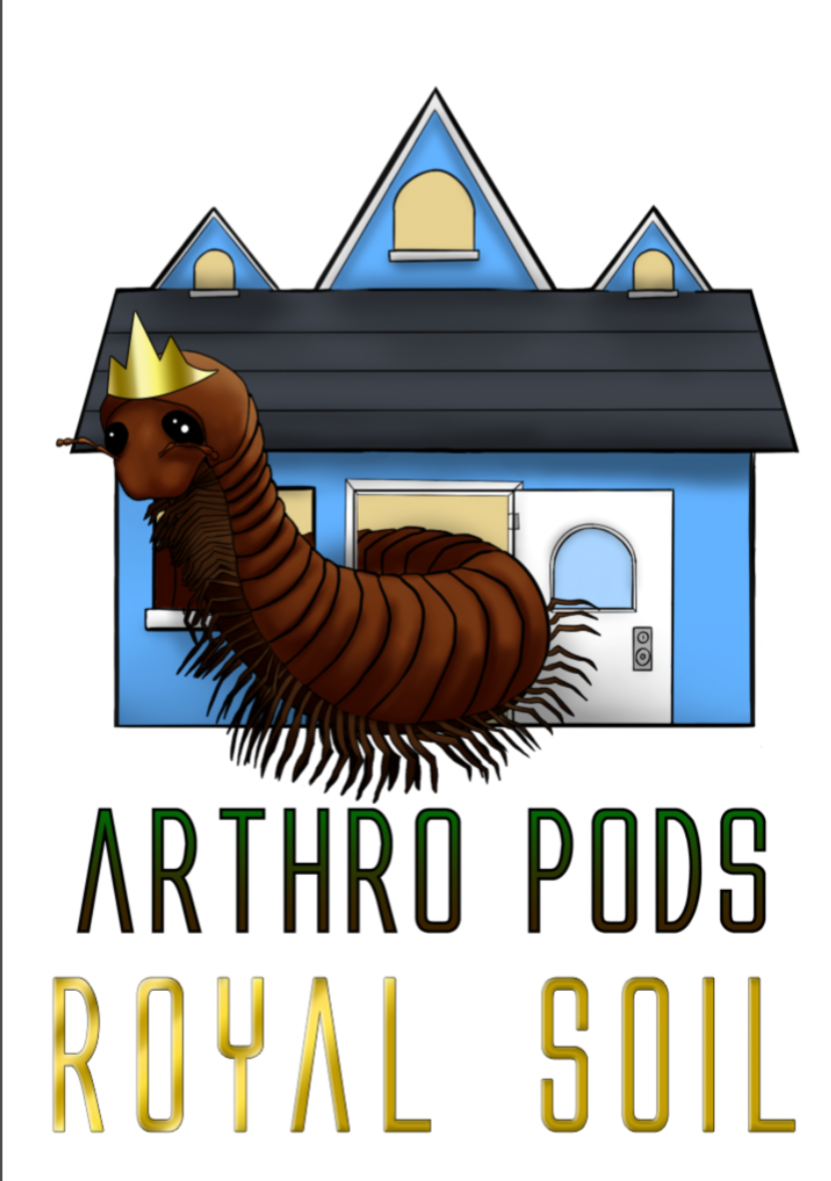

Cyriopagopus sp. 'Bach Ma', commonly known as the Bach Ma Earth Tiger Tarantula, is a rare and formidable Old World fossorial species believed to originate from the Bach Ma region of central Vietnam, an area known for its dense montane forests and high humidity. Like other members of the Cyriopagopus genus, this tarantula is prized by experienced keepers for its bold appearance, explosive speed, and potent venom—hallmarks of Southeast Asian earth tigers.
This species is characterized by a deep brown to jet-black body, subtle striping or banding on the legs, and a shimmering, velvety carapace. Its appearance is similar to Cyriopagopus albostriatus or C. lividum, but with regional distinctions in tone, posture, and webbing behavior that are still being studied. Its common name, "Earth Tiger," refers to its fierce temperament, burrowing nature, and faint tiger-like patterning visible in younger specimens.
Cyriopagopus sp. 'Bach Ma' is a deep-burrowing species that constructs elaborate silk-lined tunnel systems, often disappearing underground for weeks or months. It is a nocturnal ambush predator, waiting near the entrance of its burrow to strike with astonishing speed. As an Old World tarantula, it possesses no urticating hairs. It relies entirely on defensive postures, speed, and venom when threatened, making it inappropriate for handling and best suited to advanced keepers familiar with defensive, fast-moving species.
What's the ideal diet for a Thai Zebra Tarantula?
All Tarantulas can eat a variety of feeders. Stick to crickets, dubia roaches, silkworms, horned worms occasionally, and a superworm or mealworm as the occasional treat!
How should I keep a Thai Zebra Tarantula?
You can start with the Fossorial Fissure Small enclosure for this particular creature. When they are about ⅓ the size, you will want to go to the Fossorial Fissure Medium or Fossorial Fissure Large enclosure. Feed them as slings once a week, twice if their opisthosoma (abdomen) looks small, but if the opisthosoma is wider than their prosoma (pneumothorax), then wait a couple of days to feed. For juveniles or adults, stick to feeding once a week, nothing larger than their opisthosoma. Make sure to keep a full water dish at all times; wider and deeper is preferred.
How long could a Thai Zebra Tarantula live?
Females are believed to live upwards of 15+ years, and males not exceeding around 4 years of age. All estimates are based on multiple sources.







